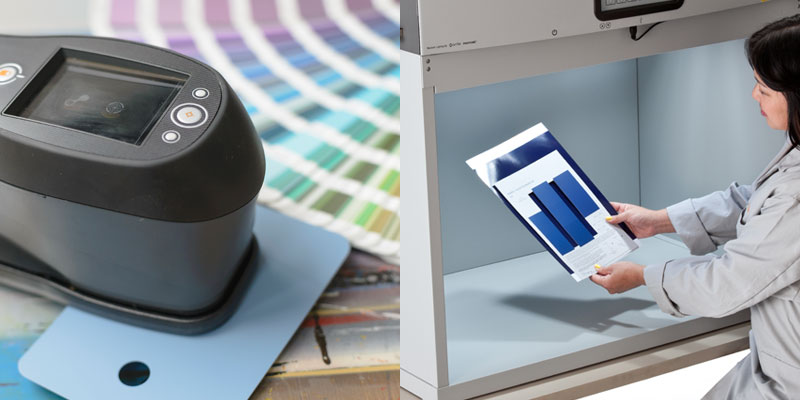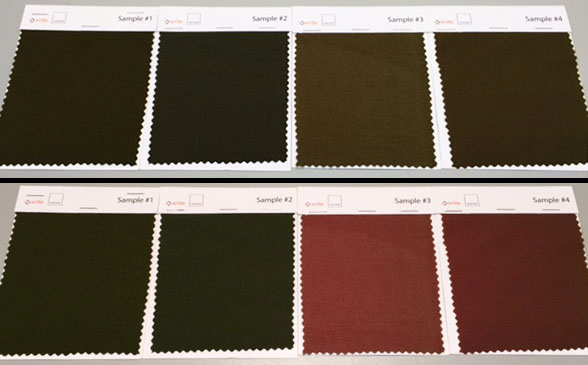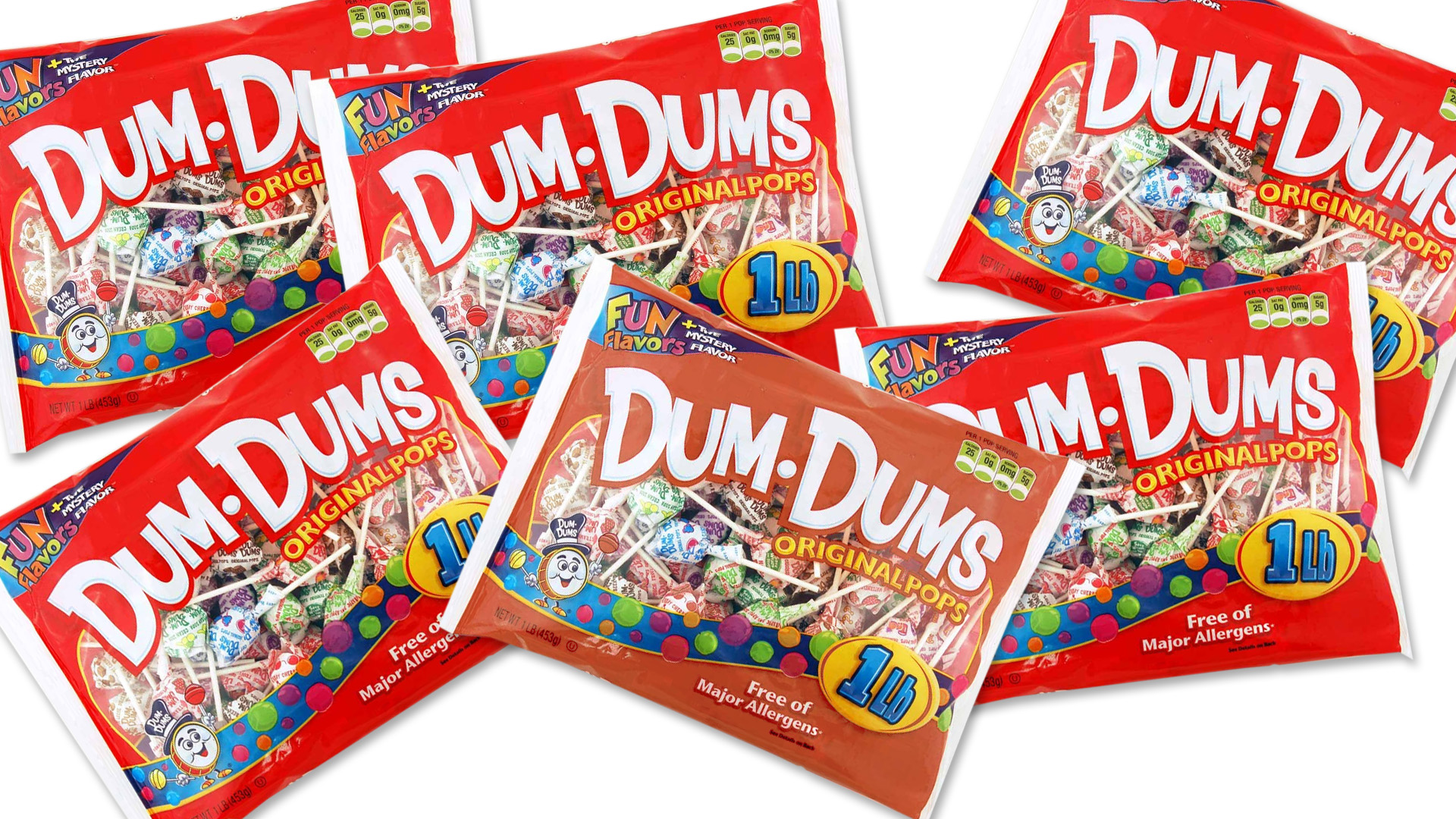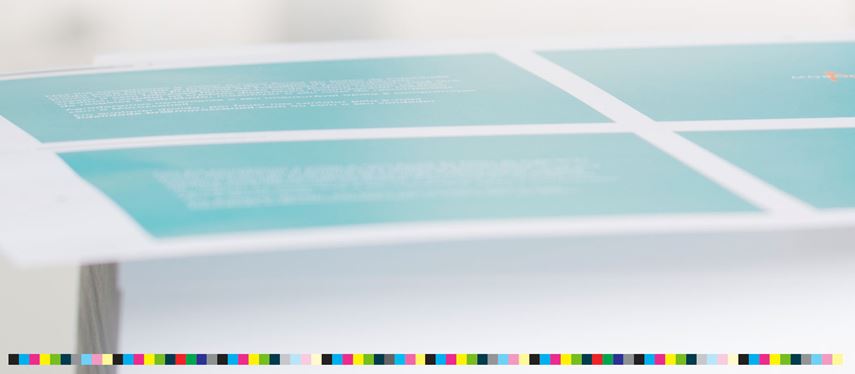In a perfect world, you should be able to put ink in the press, run a job, and achieve color consistency. Unfortunately, every year flexographic and gravure printing operations waste ink, substrate, and press time trying to get color right. Although advancements in technology have made it easier to achieve color accuracy, the variables that affect color still exist. In this three part series we’ll share over two dozen reasons your color might be wrong at press side. Today’s topic lo...
Are you wasting too much time and money on incorrect color? Even if you use the best color measurement tools available, your color will still fail without quality control. Quality control (QC) means verifying the color you specify is the same color you manufacture, throughout production. Setting up a QC program can help you accurately communicate color with clients and suppliers, inspect raw materials before you begin working, and verify your color is correct before you ship. Five Impor...
Using a light booth to visually judge color is a great start to a successful color evaluation program. It allows you predict how color will look under multiple light sources so there won’t be any color surprises when the light changes over the life of the product. Introducing a color measurement device to capture spectral data is the next logical step. For a really great color program, you need to use both a light booth AND a spectrophotometer. This dynamic duo offers benefits you can&rsqu...
Color is our perception of reflected light across the visible spectrum. When light hits an object, it absorbs some rays and reflect others. The color of light that reflects back into our eyes is the color we perceive. The more light an object absorbs, the darker it appears. With black, very little light is reflected. Pure black in the presence of light wasn’t achieved until 2014 when Surrey NanoSystems announced the invention of Vantablack. This high-tech artificial substance absorbs 99....
Have you ever sent out a job that passed your inspection, only to have the customer reject it for out-of-tolerance color? You recheck the data and the instrument says the color passed the agreed tolerance… why is the customer saying it doesn’t? We get a LOT of these conflicting measurement calls in technical support. The solution is simple – document a color control program that clearly defines how to assess color, then make sure everyone (including your customer) follow...
In a perfect world, you should be able to put ink in the press and run a job. Unfortunately, there are so many variables that affect color that printing operations often waste thousands of pounds of substrate, and thousands of dollars in press time, making adjustments. Advancements in technology have made it easier to measure color, but the variables still exist. To help you over come them, we’ll be featuring a series that points out many of the reasons your color could go wrong at press side....
Using a spectrophotometer to measure color doesn’t necessarily mean you’re going to capture accurate data. The most common reason for incorrect measurements and inconsistent readings among instruments is using the wrong device settings. Today we’ll look at five things you must consider when setting up your device and taking measurements. Illuminant and Observer angle The illuminant describes the color of the light under which you’re judging colors. To accurately determine how the color will...
Many companies spend a lot of time and money on color measurement instruments and software but forget about the importance of lighting when approving products for shipment. When used properly, spectrophotometers and color management software can tell you if your colors are within tolerance, and they can also manage gloss and metamerism (see explanation of metamerism below). However, you could still be sending out unsatisfactory parts if they don’t look right after they’re assembled, once they hi...









